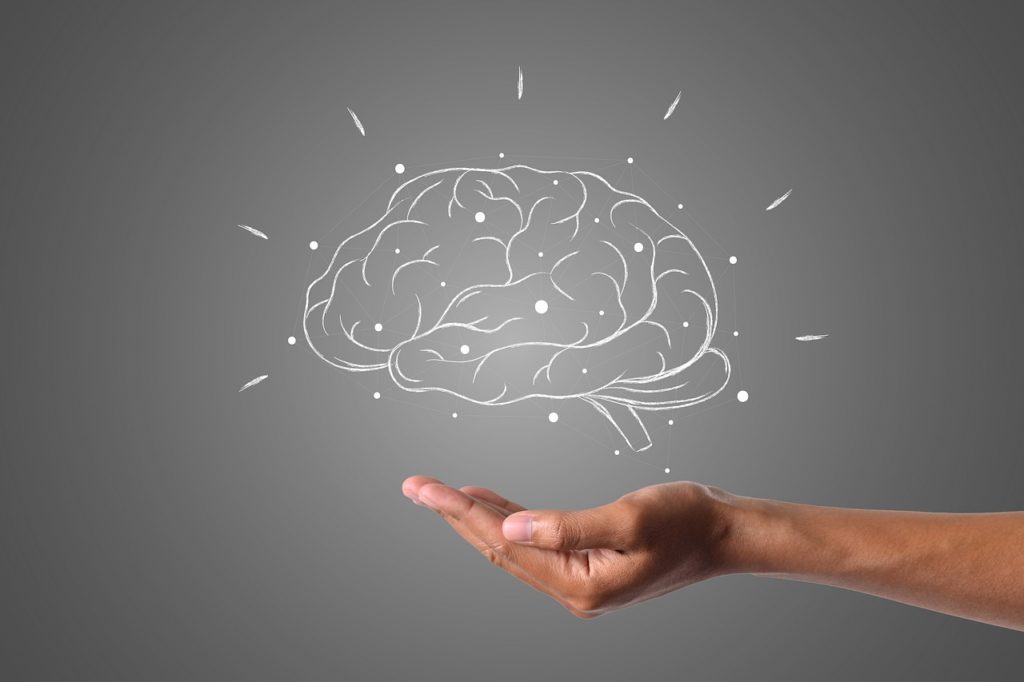6 curious questions about your brain answered
by Scott Dutfield · 06/09/2020

1. How fast does the brain work?
Brain speed is difficult to measure, but scientists from MIT think they have an answer. To test the processing power of the visual cortex, they flashed images for fractions of a second to see if people could recognise them. Before the test, they expected the brain to take 100 milliseconds to decode the information. But afterwards, it became clear that our brains can work almost ten times faster, decoding entire pictures in as little as 13 milliseconds. How does that compare to a supercomputer? Current estimates from benchmarking experts suggest that the brain is up to 30 times faster than IBM’s Sequoia.
2. Why do we become forgetful as we get older?
Around two in five people start to lose their memory after the age of 65. The brain gets smaller and levels of serotonin and dopamine start to fall, and this seems to affect our ability to make new memories. Changes in metabolism and blood supply can also affect the way we think.
3. How much energy does the brain use?
The brain uses around a fifth of our energy: about 400 calories every day. That might sound like a lot, but it’s actually surprisingly efficient. Its power consumption is around 20 Watts, barely more than a low-energy light bulb. The brain uses around two thirds of its energy to send messages, and the rest for maintenance and repairs.
4. What is ‘grey matter’?
You can think of the brain as being a bit like a telephone network. The bodies of the brain cells are the callers, sending and receiving the signals, and the axons are the wires, linking the network together. Like real wires, brain cell axons transmit signals using electricity. To stop the signals getting crossed and to help the messages move faster, the axons have insulation. Known as myelin sheaths, this insulation contains layers of white-coloured fat, visible inside the brain as ‘white matter’. The bodies of the cells don’t have this insulation, so they appear grey.
5. Can we become brainer?
In total, we have around 86 billion brain cells, wired together by 10 trillion synapses. We learn by making new connections in this network, changing the strength of old connections, and pruning connections we no longer need. Most of this rewiring happens before our tenth birthdays. As we get older, our ability to make new brain cells and new connections decreases, but it doesn’t disappear. Take black-cab drivers for example, the memory centre of their brains physically grows as they learn to navigate London’s streets. So if you keep on learning, you’ll be brainer.
6. Do we need all of our brains?
In total, we have around 86 billion brain cells, wired together by 10 trillion synapses. We learn by making new connections in this network, changing the strength of old connections, and pruning connections we no longer need. Most of this rewiring happens before our tenth birthdays. As we get older, our ability to make new brain cells and new connections decreases, but it doesn’t disappear. Take black-cab drivers for example, the memory centre of their brains physically grows as they learn to navigate London’s streets. So if you keep on learning, you’ll be brainer.
This article was originally published in How It Works issue 127, written by Laura Mears
For more science and technology articles, pick up the latest copy of How It Works from all good retailers or from our website now. If you have a tablet or smartphone, you can also download the digital version onto your iOS or Android device. To make sure you never miss an issue of How It Works magazine, subscribe today!





